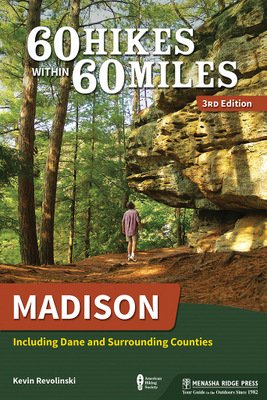Return to Tokyo
The city breathes a bit somehow. (Though the citizens themselves mostly avoid breathing with surgical masks which I am told are not just for the sick and those worried of becoming so; they are for allergies. Many Japanese are allergic to the massive amounts of cedars planted by the Americans after the war. A carefully planned vengeance? Who knows?) But the city is spread out a bit, offers the occasional green spaces, and the reduced noise just makes this place seem relaxed (am I crazy?) quite contrary to the tense movement of the Japanese people who rush silently to work all day. A few of them, however, ride Miss Gulch bikes amid the rush in a casual, comfortable manner. The contradictions are funny.
I had a moment during lunch after an appointment to see the Imperial Palace grounds near my subway stop. I have arrived during the beginnings of the cherry blossom season according to a Japanese friend or the Japanese apricot (plum) season (ume plums are actually apricots) according to the information board at the palace gate. Since this is early March I assume they are the “plums”; cherries blossom about a month later. A cherry-plum-apricot by any other name would still smell as sweet. They paint the air with color and fragrance.
Where the shogun ruled Japan from 1603 to 1867. In 1868, the shogunate was ousted and the Emperor moved from Kyoto (where I was last year, see here) to Tokyo. A palace was completed in 1888 and destroyed during World War Two. The current version is a rebuilt palace and only open to the wandering public twice a year, otherwise you can sign up for a tour. The grounds, however, are open and a very nice stroll in the heart of such a huge city. Free admission is nice.


 ORDER YOUR COPY TODAY!
ORDER YOUR COPY TODAY! ORDER YOUR COPY TODAY!
ORDER YOUR COPY TODAY!